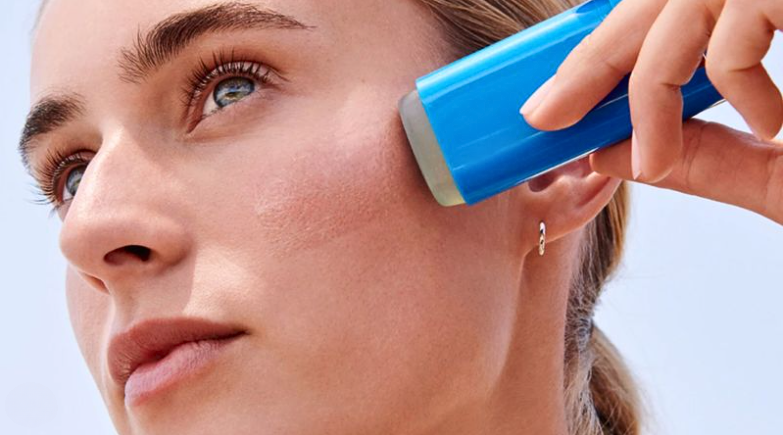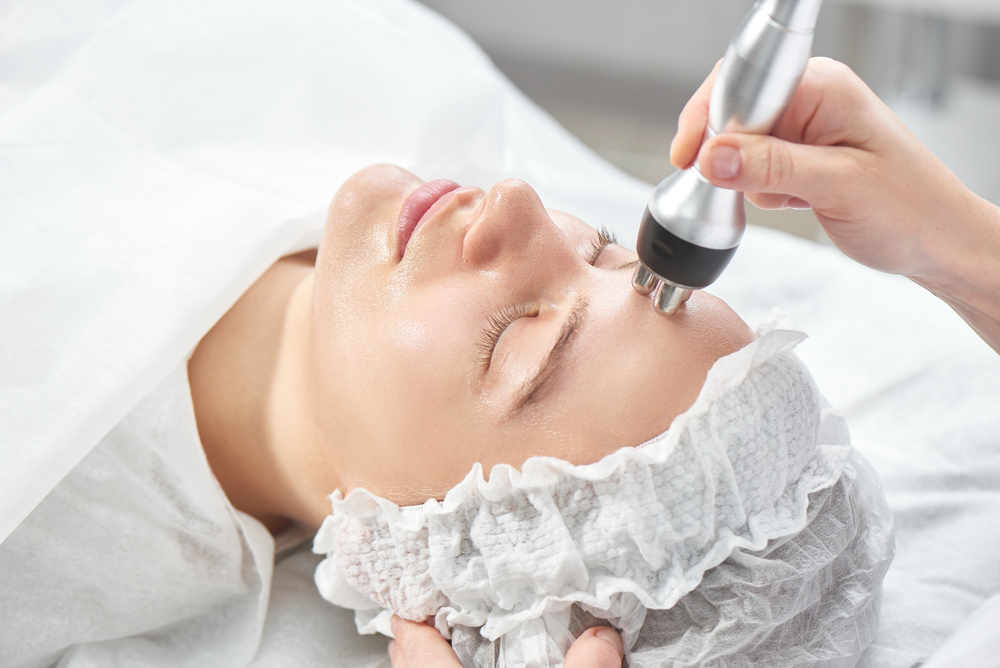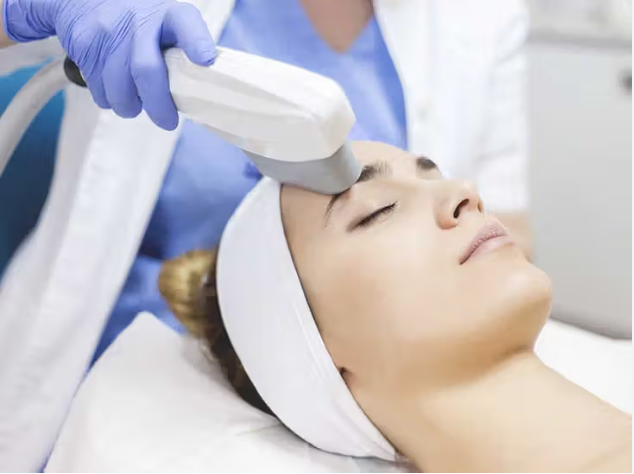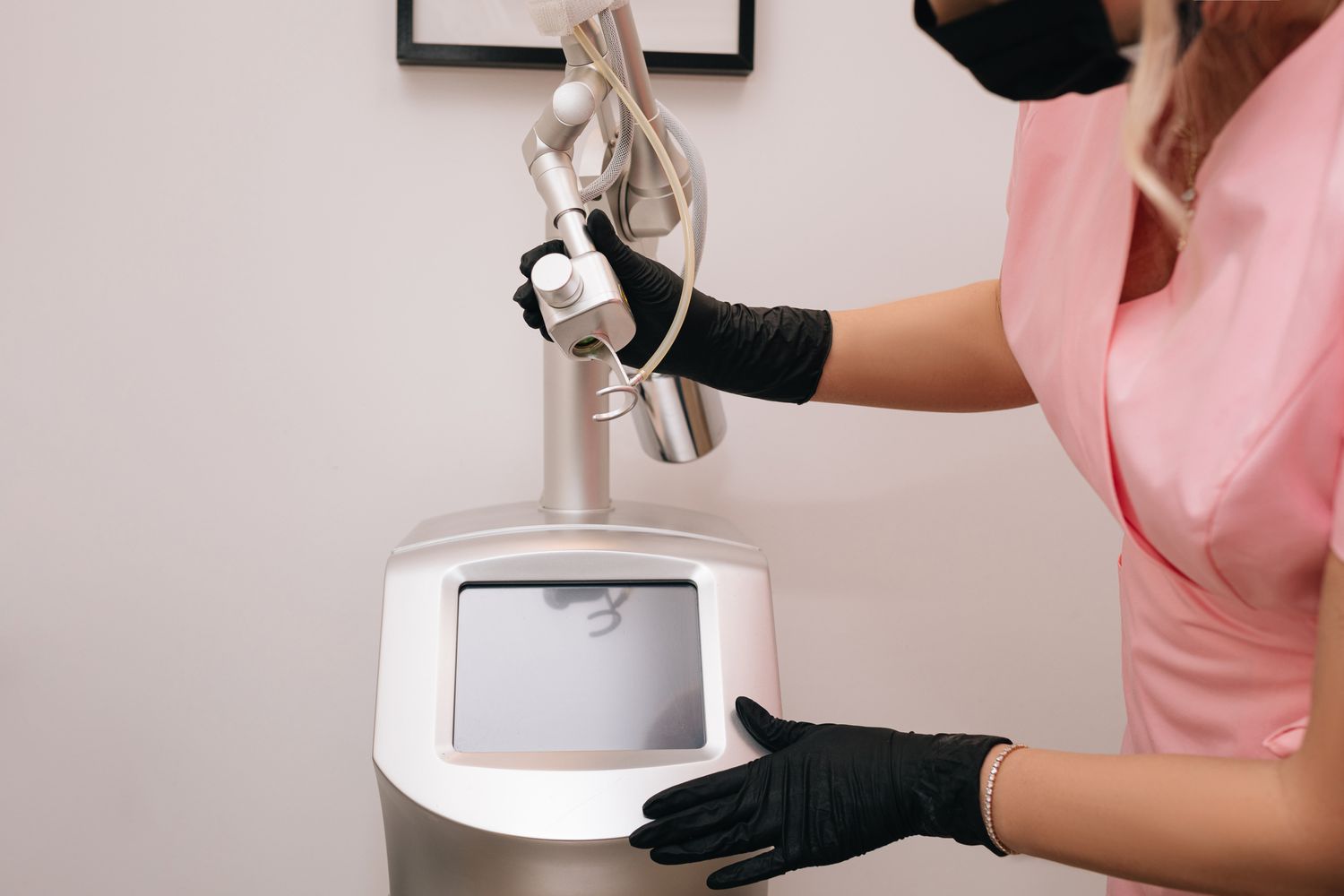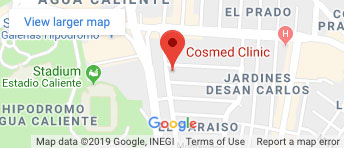Do sunscreen sticks really work?
Sunscreen sticks are a form of sun protection that come in a solid, compact format, offering a convenient alternative to the conventional liquid or cream sunscreens. Unlike their messier counterparts, sunscreen sticks provide a targeted application with minimal residue, making them ideal for on-the-go protection.
The Science of Sunscreen Sticks: How They Work
The formulation of sunscreen sticks revolves around two main types of UV filters: physical (mineral) and chemical. Physical sunscreens contain active minerals like zinc oxide or titanium dioxide, which sit on the skin’s surface to deflect harmful UV rays. Chemical sunscreens, on the other hand, absorb UV radiation, converting it into heat that is then released from the skin. This combination ensures broad-spectrum protection against both UVA (aging) and UVB (burning) rays, reducing the risk of sun damage.
Advantages: Easy Application and Portability
One of the most significant benefits of sunscreen sticks is their ease of application. Their solid form allows for direct application to the skin, targeting areas like the face, ears, and shoulders without the mess associated with creams or sprays. This feature, coupled with their portability, makes sunscreen sticks a favorite for travelers, ensuring sun protection is always within reach.
Sunscreen Sticks for Children: A Game Changer
For parents, sunscreen sticks are nothing short of a game changer. Their hassle-free application makes it easier to protect children from the sun, encouraging good sun safety habits from a young age. The quick, no-fuss application process is less daunting for both children and parents, ensuring that reapplication throughout the day is less of a chore.
Well, the sunscreen stick is very trendy right now because it is very easy to apply, even in children, in whom it’s very difficult to apply sunscreen, because they feel the cream residues and don’t like to apply it, we’ve seen that children apply it very easily, it is even fun for them, so it is a good presentation. States Dr. De la Fuente.
The Effectiveness of Sunscreen Sticks: Protection Level and Duration
Despite their convenient format, sunscreen sticks do not compromise on protection. Offering broad-spectrum coverage against UVA and UVB rays, these sticks ensure skin is well-protected. It is essential to apply them generously and evenly to all exposed skin and to reapply every two hours, or after swimming or sweating, to maintain optimal protection.
Considerations for Acne-Prone Skin
While sunscreen sticks are suitable for a wide range of skin types, individuals with acne-prone skin should proceed with caution. Some formulations may clog pores or exacerbate acne. To mitigate this, opt for non-comedogenic (won’t clog pores) options and conduct a patch test before using a new product fully.
It is a very good option, but it works mainly for patients who do not have, in my experience, acne, what I have seen is that sunscreens as such can cause acneiform reactions more frequently than a cream or gel sunscreen, which is the most common presentations, but it is a matter of if you like the way it feels, if you like the texture and if it doesn’t cause reactions, it is definitely a very good option. Says Dr. De la Fuente.
Conclusion: Integrating Sunscreen Sticks into a Sun Protection Routine
The advent of sunscreen sticks marks a significant leap in sun protection, combining convenience with efficacy. As we integrate them into our daily sun care routines, it’s crucial to consider their benefits and limitations. Whether you’re an active individual, a parent, or someone with sensitive skin, sunscreen sticks offer a versatile solution to staying protected under the sun. Remember, regular application is key to safeguarding your skin from the sun’s harmful rays, making sunscreen sticks a valuable tool in your sun protection arsenal.

